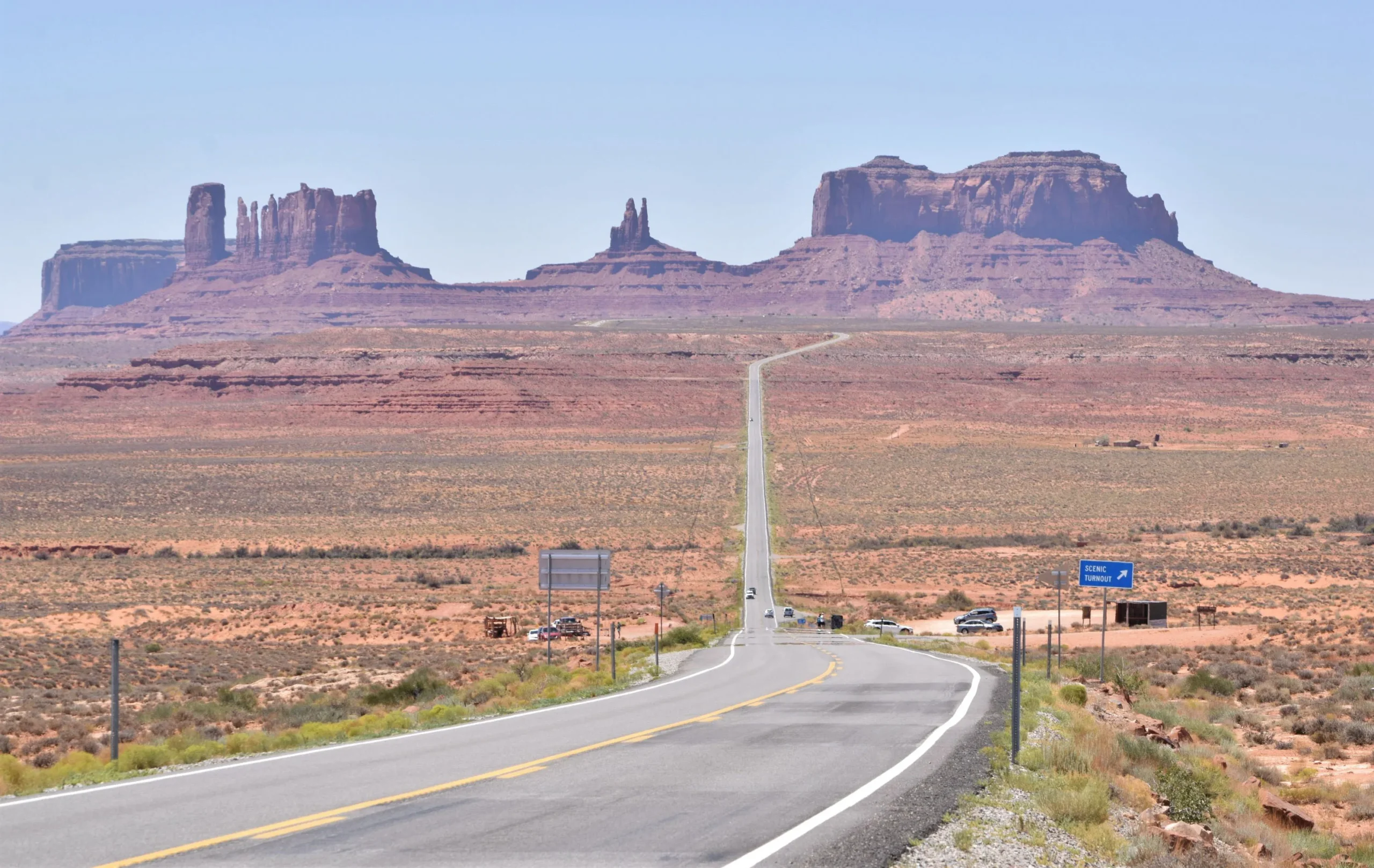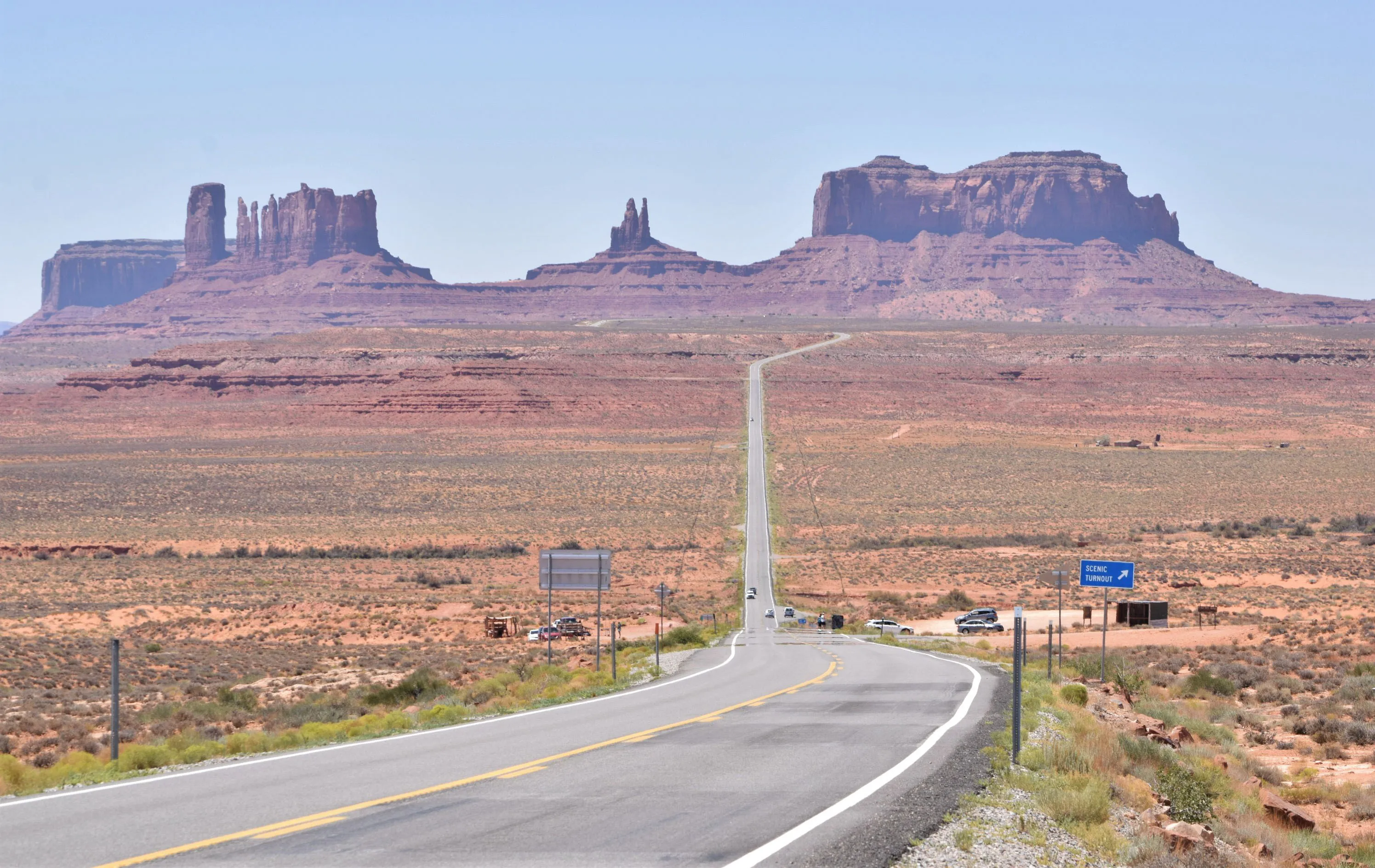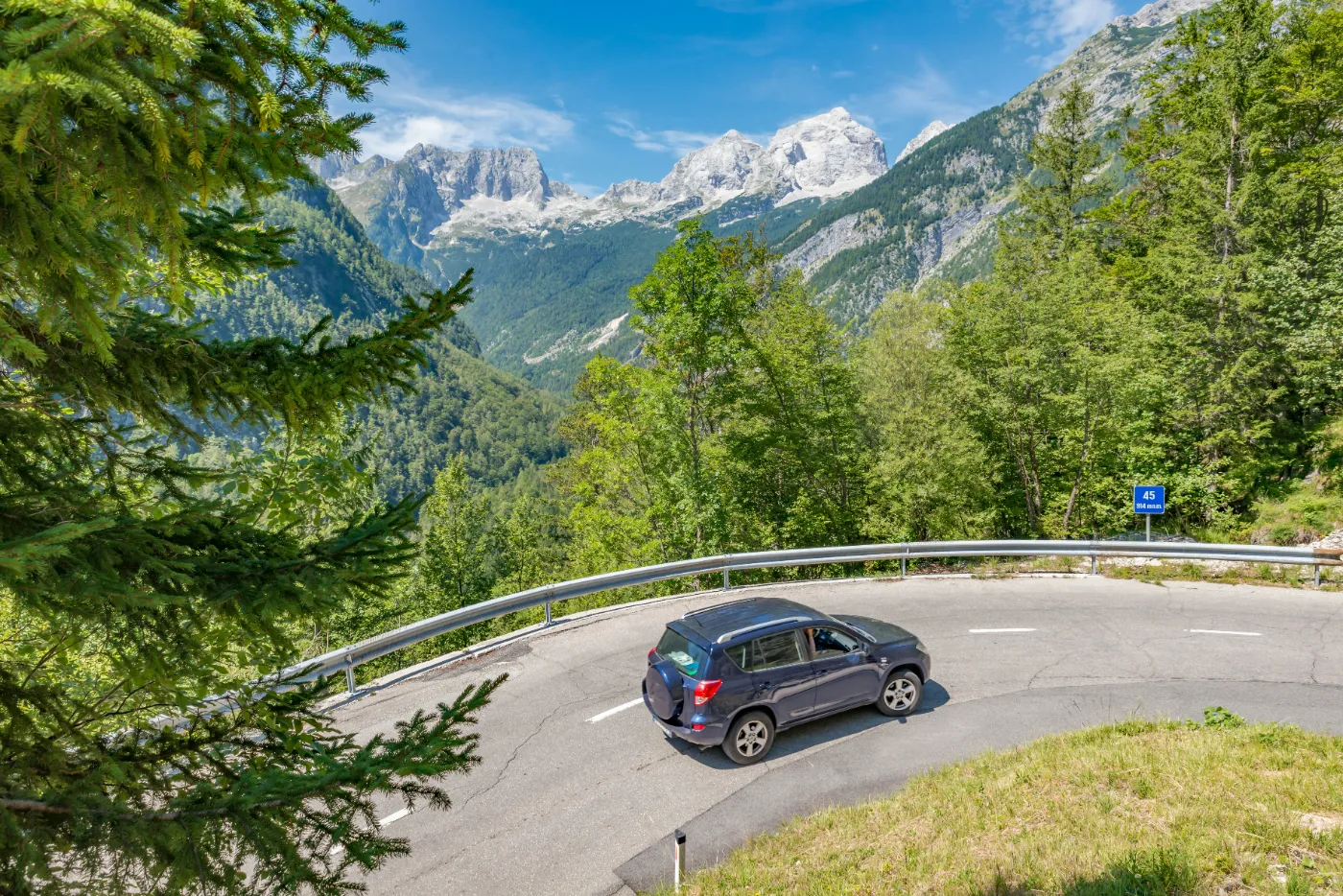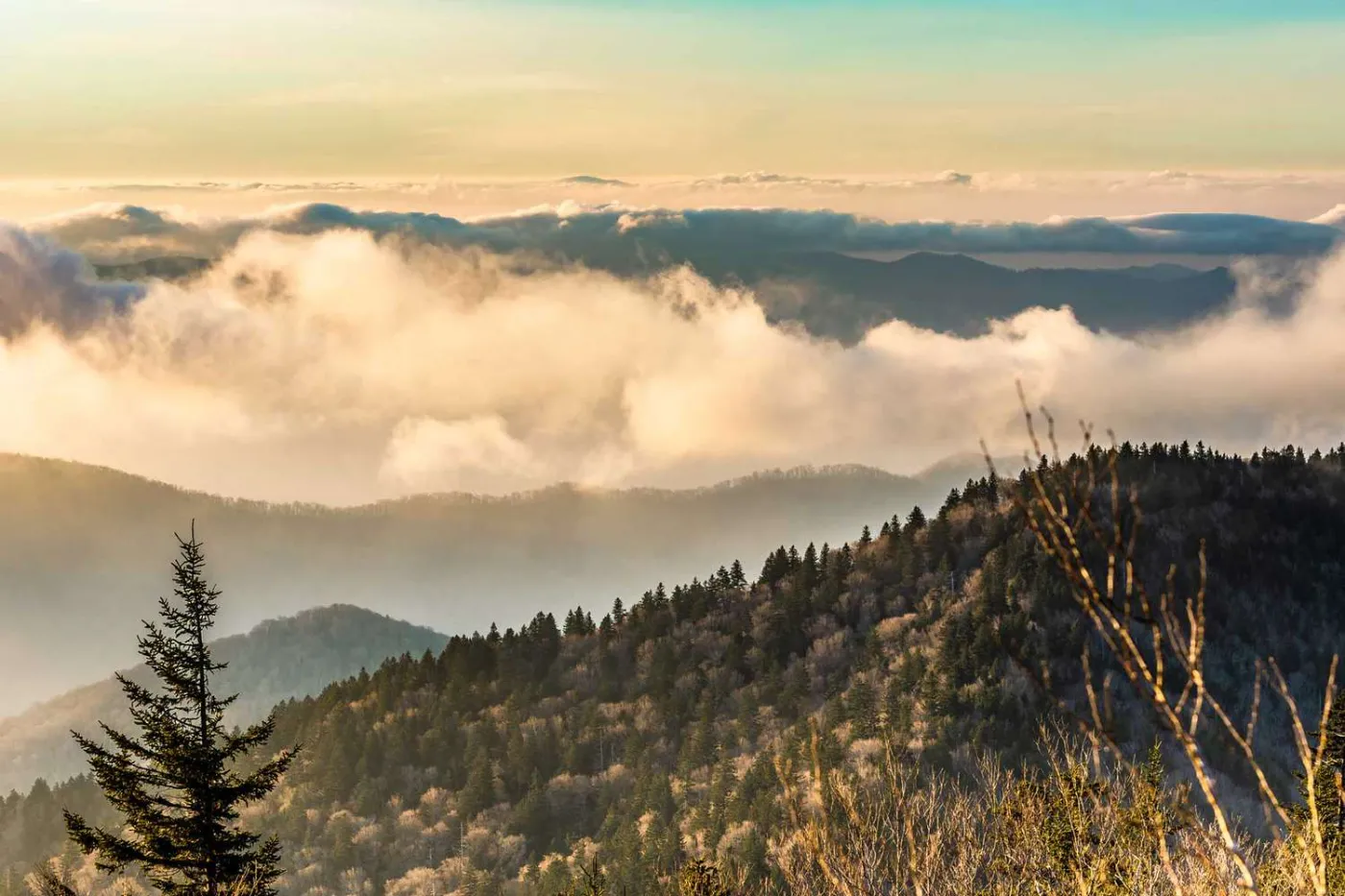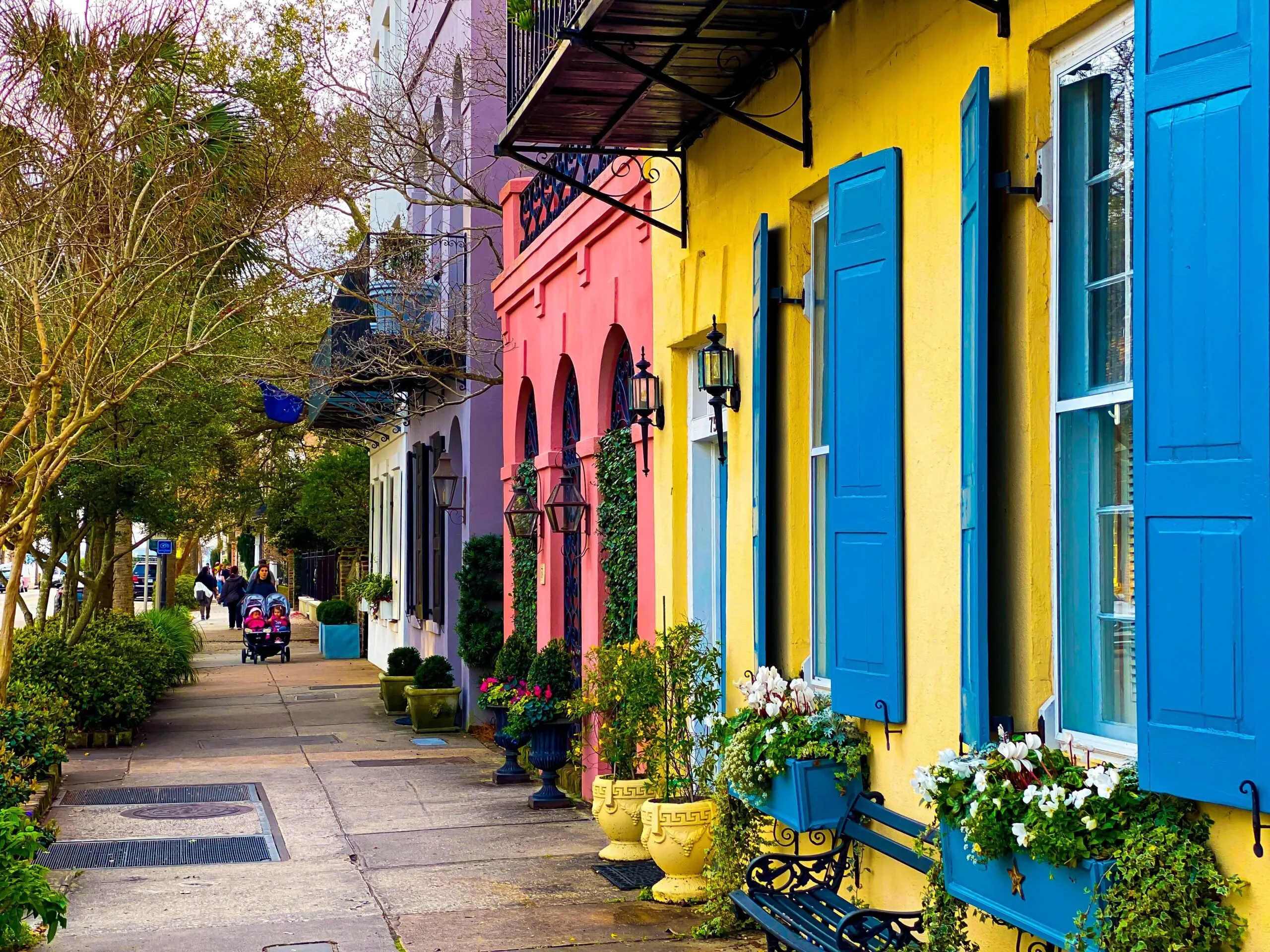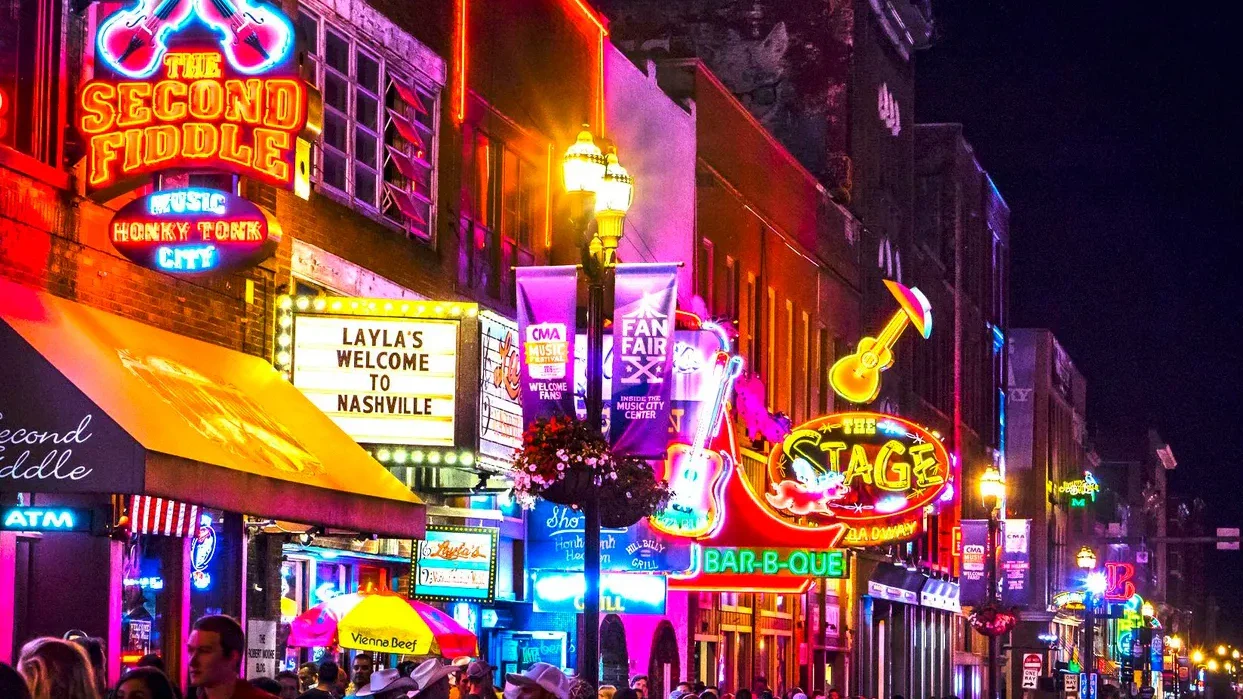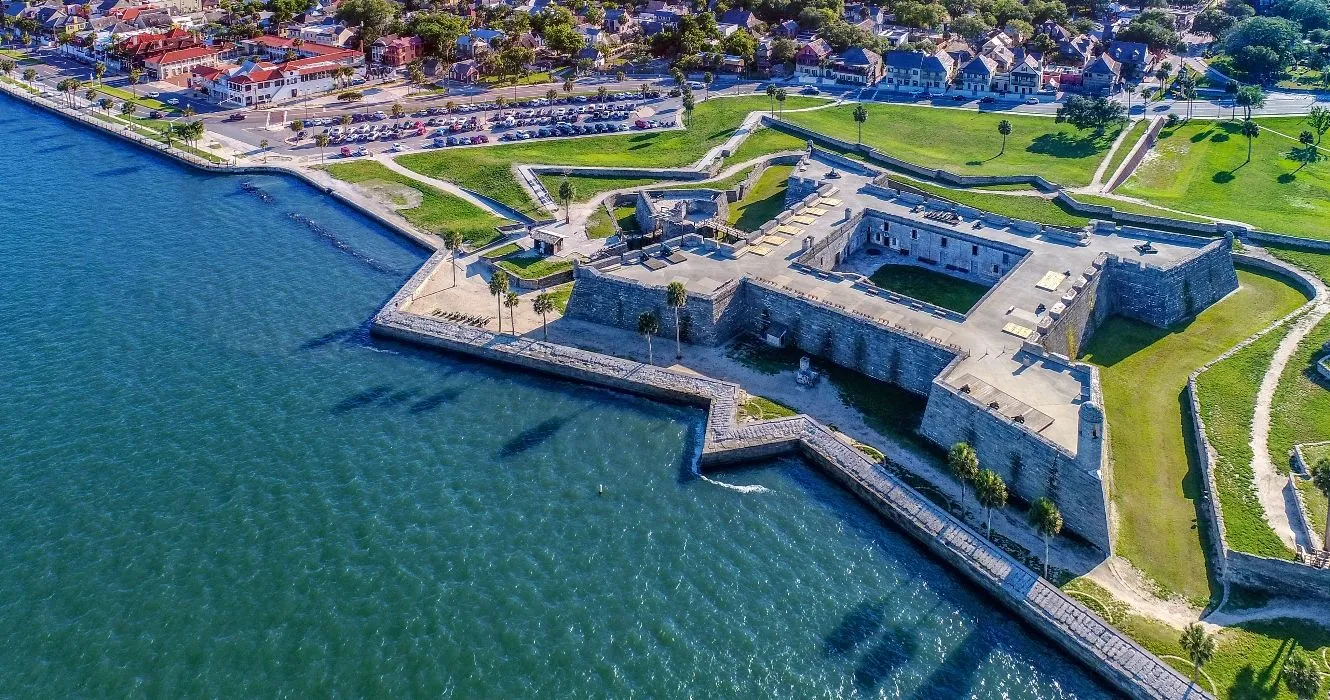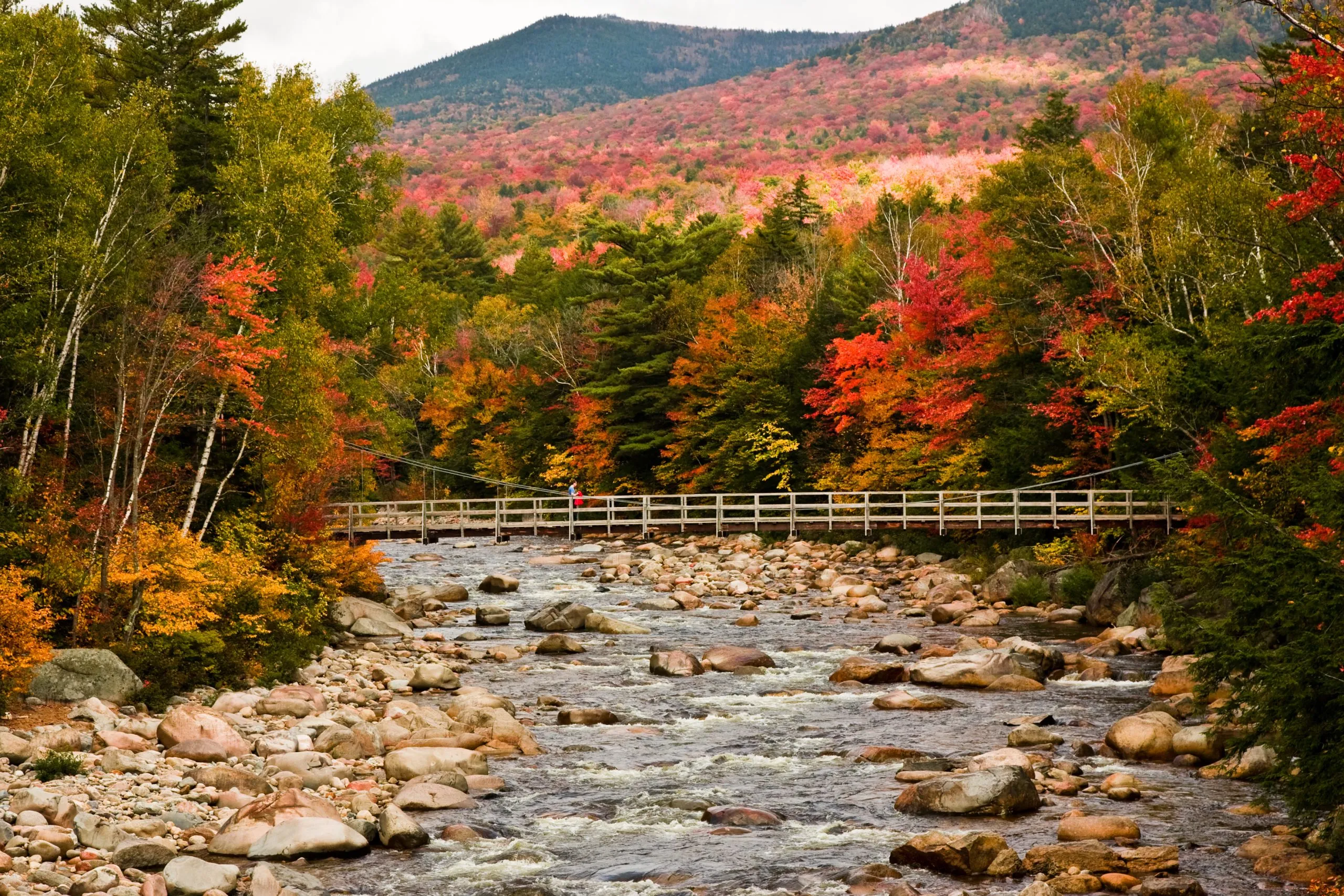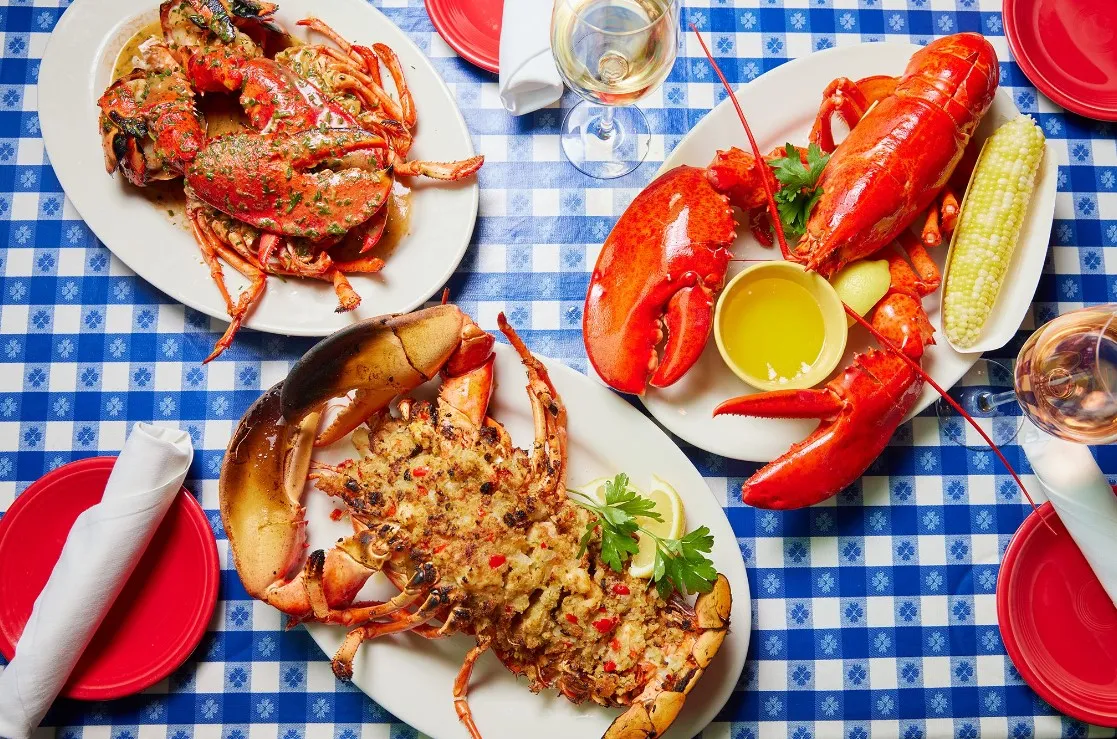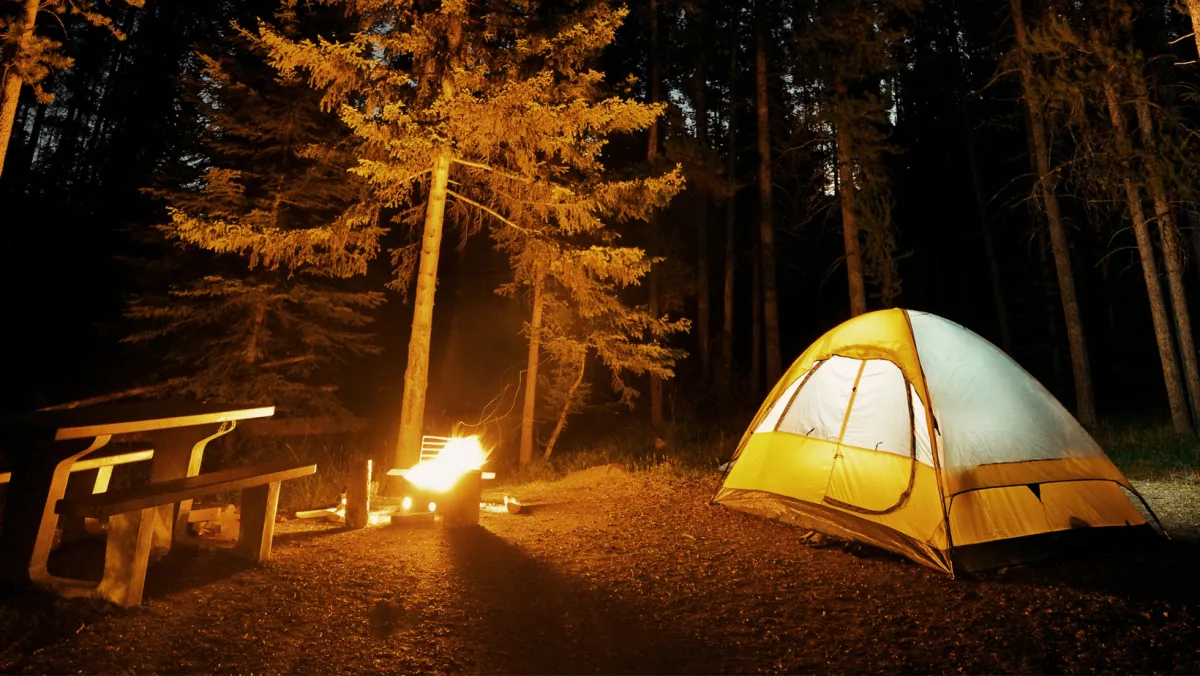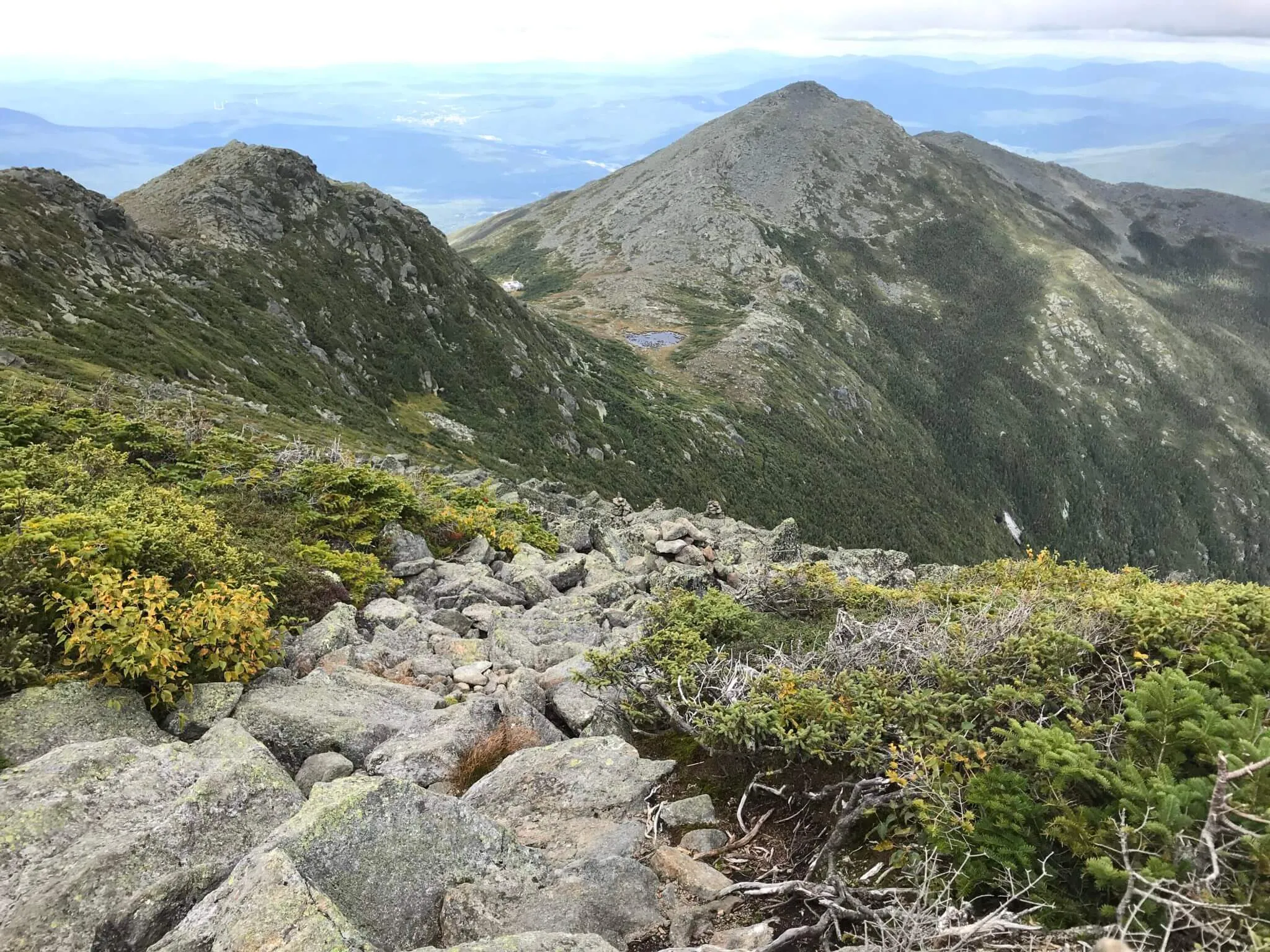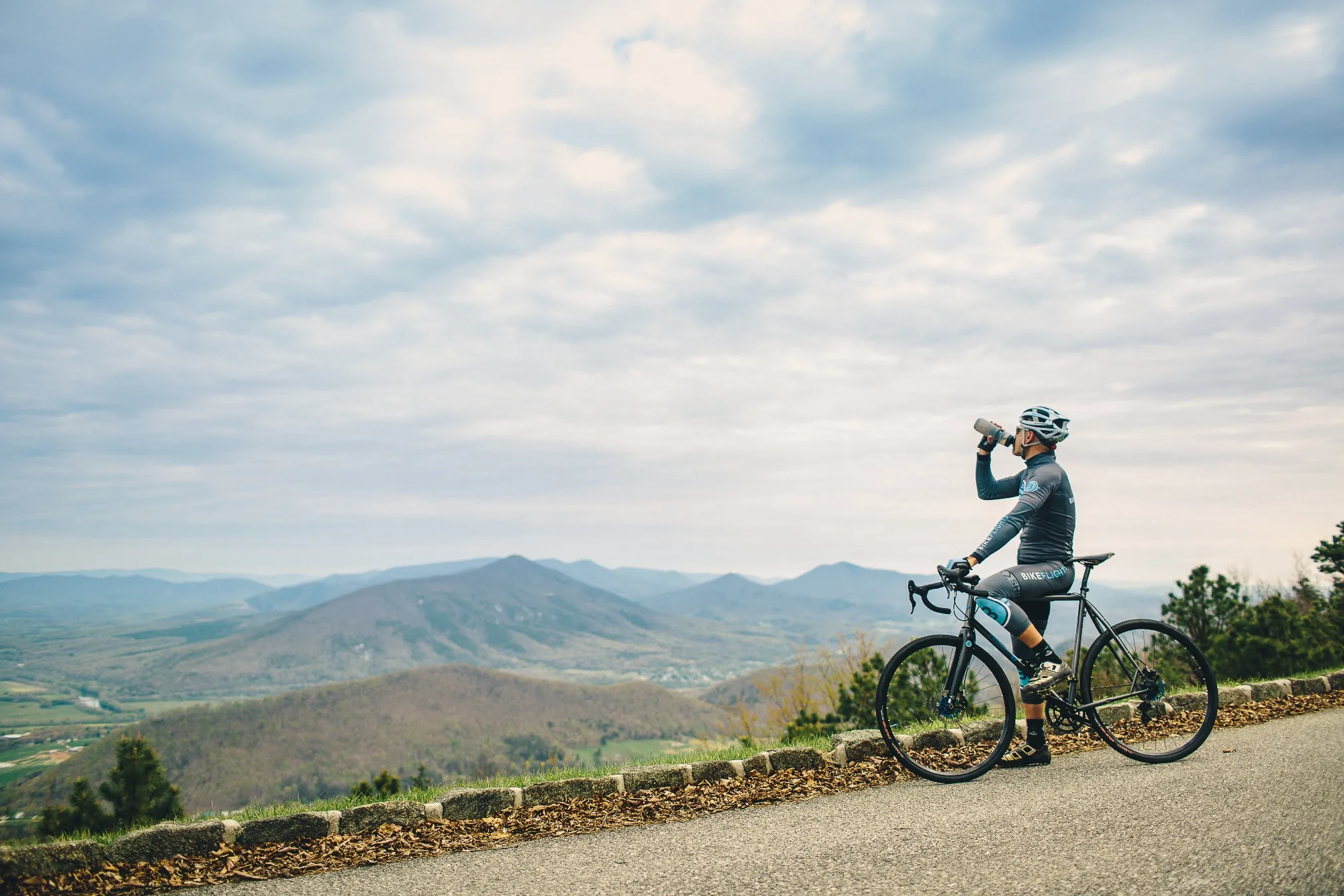If you have spent years crisscrossing the United States, no region calls you back with the same magnetic pull as the American South. This is not just another travel guide; it is a comprehensive collection of hard-won lessons, favorite detours, and stories gathered from thousands of miles on these roads. Whether you are drawn to the humid, salt-laced air of Charleston’s Battery, the haunting echo of a blues guitar on Beale Street, or the sublime, misty quiet of a Smoky Mountains morning, this guide will help you navigate the overwhelming options. While many travelers begin their planning with a general East Coast road trip in mind, narrowing your focus to the Southeast allows for a deeper connection with the culture. We are here to help you plan an authentic, soul-stirring southeast road trip that you will remember for a lifetime.
Planning Your Perfect Southeast Road Trip
The biggest challenge for many travelers is the logistical complexity of planning a trip through such a diverse and expansive region, which is why a well-structured southeast road trip requires careful thought regarding drive times, climate challenges, and the need for advance booking. These factors are often underestimated, leading to frustration and missed opportunities, but with the right preparation, you can navigate the logistical hurdles with ease. A successful southeast road trip depends heavily on understanding the geography and the flow of the highways, as hopping between the coast and the mountains involves significant travel time that can eat into your exploration days if you are not careful. By mapping out your route realistically and accounting for the slower pace of life that defines the region, you ensure that your southeast road trip remains a relaxing getaway rather than a stressful race against the clock.
Best Time for a Southeast Road Trip
Timing is everything in the South, where the climate dramatically shapes your travel experience. Choosing the right season can be the difference between a pleasant journey and an uncomfortable ordeal on your southeast road trip.
The Sweet Spots (Spring and Fall)
There is a strong consensus among seasoned travelers that shoulder seasons are ideal for a southeast road trip. March to May and September to October offer the most pleasant conditions. During these periods, temperatures range from approximately 61°F to 88°F with comfortably cool nights.
Spring brings blooming flowers, with destinations like Charleston’s Magnolia Plantation in full splendor by mid-April. Autumn offers spectacular east coast fall foliage, particularly in the Appalachian Mountains, creating breathtaking vistas along scenic drives. With children back in school, these seasons typically see fewer crowds than the summer peak, making it the perfect time for a southeast road trip.
The Challenge (Summer)
June through August presents intense heat and humidity. While suitable for beach-centered trips, this weather makes extensive outdoor exploration, hiking, or city walking very uncomfortable during a southeast road trip.
If you are planning a summer southeast road trip, ensure your vehicle has reliable air conditioning. You should also schedule outdoor activities for the cooler early morning or evening hours to avoid heat exhaustion.
The Wildcard (Winter)
Winter offers mild weather, especially along the Gulf Coast and in Florida, making it popular for northern residents escaping colder climates on a southeast road trip.
However, snow and ice can lead to road closures in higher elevations. This is particularly true along the Blue Ridge Parkway and in the Great Smoky Mountains, requiring flexibility and careful weather monitoring during your southeast road trip.
Hurricane Season Warning
The Atlantic hurricane season runs from June 1 to November 30. The highest risk occurs from August through October, especially in coastal areas of Florida, Georgia, and the Carolinas. Travelers visiting during this time must stay informed about weather forecasts and have flexible contingency plans for their southeast road trip.
Budgeting Your Southeast Road Trip Adventure
A southeast road trip can be adapted to a wide range of budgets. Based on numerous firsthand accounts, costs break down into three main tiers.
Sample Daily Budgets:
-
Shoestring/Camper: $50-$75 per person (camping, cooking most meals, free activities).
-
Mid-Range: $150-$200 per person (budget hotels, one restaurant meal daily, some paid attractions).
-
Comfort/Splurge: $300+ per person (boutique hotels, multiple restaurant meals, guided tours).
Cost Breakdown and Insider Savings Tips
Accommodation is typically the largest expense on a southeast road trip. Significant savings can be realized by staying outside major city centers, such as Mount Pleasant instead of downtown Charleston. While camping is the most economical option, especially for those interested in east coast camping, book sites well in advance. Popular locations like Great Smoky Mountains National Park can be fully booked months before your southeast road trip begins.
Fuel costs are major considerations for any southeast road trip. Apps like GasBuddy help locate the cheapest prices along your route. Some states like Louisiana and Mississippi historically have lower gas prices than their neighbors.
The most authentic and affordable Southern food comes from smaller, family-owned establishments on city peripheries rather than tourist-centric downtown restaurants. Seek out local “meat-and-three” diners serving one meat and three side dishes. Pack a small cooler for drinks, sandwiches, and snacks to reduce daily costs on your southeast road trip.
For itineraries including multiple national parks, the “America the Beautiful” pass is essential. At $80 annually, it grants access to all National Park Service sites and pays for itself after just a few visits on your southeast road trip.
Best Vehicle for a Southeast Road Trip
While diverse terrain might suggest the need for a rugged vehicle, comfort and fuel efficiency are far more important than off-road capability for most southeast road trip itineraries. The region’s main arteries and scenic byways are well-paved, making four-wheel-drive largely unnecessary unless specific remote off-road adventures are planned.
The Verdict: Mid-size SUV
Experienced road-trippers point to mid-size SUVs like the Ford Explorer or Nissan Rogue as ideal all-around choices for a southeast road trip. This vehicle class offers the best balance of comfort for long interstate hours. It also provides ample cargo space for luggage and gear.
Furthermore, a mid-size SUV offers safer, more commanding road views. This is particularly reassuring when sharing highways with large semi-trucks during your southeast road trip.
Other Options
Sedan: Great for fuel economy and cost-effective for couples or solo travelers packing light for their southeast road trip.
RV/Campervan: Unparalleled for nature-focused itineraries, offering freedom and home comforts. However, driving large RVs can be challenging on the steep, winding roads of the Smoky Mountains and Blue Ridge Parkway during a southeast road trip.
Convertible: Offers the quintessential open-road experience, especially along coastal routes. However, this option comes with limited luggage space and security concerns for your southeast road trip.
4 Expert-Crafted Southeast Road Trip Itineraries
The broad search for a southeast road trip encompasses several distinct travel styles. One traveler may dream of misty mountains, while another seeks historic coastlines or soulful Blues Highway sounds. These four archetypal journeys allow you to select a path that aligns with your passions, time, and budget.
1. The Mountain Majesty (Blue Ridge Parkway and the Smokies)
This linear journey is dedicated to the sublime beauty of the Appalachian Highlands. It follows one of the most famous east coast scenic drives from Virginia’s rolling hills to the majestic peaks of the Great Smoky Mountains. This is a classic nature-focused southeast road trip.
Days 1-3: Virginia’s Blue Ridge Parkway (MP 0-217)
The trip begins at Milepost 0 in Afton, Virginia. Here, the Blue Ridge Parkway connects seamlessly with the southern terminus of Shenandoah National Park’s Skyline Drive. While often confused, the two are distinct. Skyline Drive is a 105-mile road contained entirely within the national park and requires an entrance fee.
The 469-mile Blue Ridge Parkway is a separate National Park Service unit with no entrance fee, making it a budget-friendly start to your southeast road trip. Key stops along this northern section include the rewarding short hike to Humpback Rocks (MP 5.8) for panoramic views, perfect for those who enjoy east coast hiking.
The historic Peaks of Otter area (MP 86) offers lodging, a restaurant, and hiking trails. A visit to Mabry Mill (MP 176) provides picturesque glimpses into historic Appalachian life. The Parkway feels like a “scenic back road near small communities.” This requires drivers to venture off the main route for gas and most amenities, a detour integral to the charm of this southeast road trip.
Days 4-6: North Carolina’s High Country and Asheville (MP 217-382)
Crossing into North Carolina, the elevation rises and the views become more dramatic. Must-see stops on this leg of your southeast road trip include the powerful, multi-tiered Linville Falls (MP 316). Nearby lies Linville Gorge, known as the “Grand Canyon of the East.”
Grandfather Mountain offers thrilling views from its Mile High Swinging Bridge. This section also features the Linn Cove Viaduct (MP 304.4), an engineering marvel that gracefully snakes around the mountainside. Vibrant Asheville serves as the cultural heart of the North Carolina mountains and a key stop on your southeast road trip.
Its walkable downtown is a hub for art galleries, independent shops, and nationally recognized craft brewery scenes. While Asheville is the most popular base, many seasoned travelers argue that the college town of Boone offers a more authentic mountain experience. A recommended approach for your southeast road trip is staying in Asheville for vibrant food but dedicating a full day to exploring Boone.
Days 7-9: Great Smoky Mountains National Park
The Blue Ridge Parkway concludes at the entrance to Great Smoky Mountains National Park. This is the most visited of all east coast national parks and a highlight of any southeast road trip. Essential experiences include driving the 11-mile Cades Cove Loop Road and the winding Roaring Fork Motor Nature Trail.
For the park’s most expansive views, the drive to Clingmans Dome, Tennessee’s highest point, is a must-do. A crucial piece of advice for this southeast road trip is to avoid getting bogged down in hyper-commercialized gateway towns.
One traveler described Gatlinburg as “horrendous,” a sentiment shared by many who find these tourist traps detract from the natural beauty. For a more peaceful southeast road trip, consider staying in towns like Bryson City, North Carolina, or Townsend, Tennessee.
2. The Historic Coastal Charmer (Charleston, Savannah and St. Augustine)
This classic coastal road trip follows the coastline. It immerses travelers in the deep history, unique architecture, and celebrated culinary traditions of three of the South’s most enchanting cities.
Days 1-3: Charleston, SC – The Holy City
Charleston captivates with its elegant blend of Southern charm and cobblestone streets, often cited as one of the best east coast cities for travelers. A visit on this southeast road trip should begin with a walk along The Battery, a historic seawall lined with stately mansions. Continue to Waterfront Park to see the iconic Pineapple Fountain.
Exploring the pastel-colored homes of Rainbow Row is an essential experience. For enthusiasts of east coast history, a boat trip to Fort Sumter National Monument is a poignant stop on your southeast road trip. To truly connect with local culture, participate in hands-on activities.
An indigo dyeing class offers insight into key regional agricultural history. A Lowcountry cooking demonstration provides a taste of the Gullah Geechee culinary heritage that defines the area. For dining on your southeast road trip, Fleet Landing offers fresh seafood with beautiful waterfront views.
Days 4-6: Savannah, GA – The Hostess City
A short drive south lies Savannah, a city with a distinctly different atmosphere for your southeast road trip. Its character is defined by 22 lush, park-like historic squares and majestic oak trees draped in Spanish moss.
Key activities include strolling through the expansive Forsyth Park and exploring historic River Street. Travelers often find themselves preferring one city over the other during their southeast road trip. Charleston generally feels larger and more polished.
Savannah, by contrast, feels more intimate, quirky, and laid-back. Its unique grid of squares creates a small-town feel that encourages leisurely wandering, a perfect pace for a southeast road trip.
Days 7-8: The Golden Isles and St. Augustine, FL
Between Savannah and Florida, a worthwhile detour on this southeast road trip is Georgia’s Golden Isles. A stop on Jekyll Island is highly recommended to witness the otherworldly beauty of Driftwood Beach, which stands apart from typical east coast beaches due to its dramatic scenery of weathered trees.
The journey concludes in St. Augustine, the nation’s oldest continuously inhabited European-established settlement. Its Spanish colonial heritage provides a stark contrast to Charleston and Savannah, adding variety to your southeast road trip. The formidable Castillo de San Marcos is the city’s centerpiece.
3. The Music and Soul Food Pilgrimage (Nashville, Memphis and New Orleans)
This journey follows the “Americana Music Triangle.” It is a pilgrimage through the birthplaces of country, blues, rock ‘n’ roll, and jazz. This is the ultimate southeast road trip for music lovers.
Days 1-3: Nashville, TN – Music City
Nashville’s reputation as “Music City” is well-earned. The neon-lit honky-tonks of Lower Broadway offer a constant stream of live music, a vital start to this southeast road trip. Essential stops include the Country Music Hall of Fame and the historic Ryman Auditorium.
For more personal experiences on your southeast road trip, seek out songwriter’s rounds at iconic listening rooms like The Bluebird Cafe. Catch bluegrass sets at the legendary The Station Inn for a glimpse into the heart of the city’s creative scene.
Days 4-6: Memphis, TN – Home of the Blues
Memphis presents a grittier, more soulful atmosphere than its Tennessee counterpart. This southeast road trip stop is the hallowed ground where blues, soul, and rock ‘n’ roll were born. For music fans, a pilgrimage to Graceland is a must.
Equally important is a tour of Sun Studio. Two powerful institutions are the Stax Museum of American Soul Music and the National Civil Rights Museum. Evenings in Memphis during your southeast road trip are best spent on Beale Street.
Day 7: Driving the Blues Highway (US-61)
The drive from Memphis to New Orleans is a destination in itself. Following U.S. Route 61, known as the “Blues Highway,” takes travelers through the Mississippi Delta. This segment of the southeast road trip is the land that birthed the blues.
Key stops include the Gateway to the Blues Museum in Tunica. Do not miss the legendary “Crossroads” in Clarksdale, where Robert Johnson allegedly sold his soul to the devil, adding a layer of myth to your southeast road trip.
Days 8-10: New Orleans, LA – The Big Easy
New Orleans is a city unlike any other in America. It is a vibrant cultural melting pot with an infectious energy, making it a thrilling finale to your southeast road trip. While the French Quarter is the historic heart, the most authentic live jazz is found on Frenchmen Street.
Food is a religion here. A southeast road trip is incomplete without trying staples like warm beignets from Cafe Du Monde, po’ boy sandwiches, and gumbo. Taking a guided east coast food tour is an excellent way to sample a wide variety of local specialties.
4. The “See-It-All” Grand Loop (2-3 Weeks)
For travelers with more time, this grand tour combines highlights of the other three itineraries into one comprehensive southeast road trip. This route is designed as a marathon, not a sprint; a minimum of 14 days is recommended, though 21 days would be ideal to explore without feeling rushed.
A logical route could begin in a central hub like Atlanta, then head north to the mountains before looping south through the music cities and back up the coast. An example itinerary: Atlanta → Chattanooga → Nashville → Memphis → New Orleans → Gulf Shores, AL → scenic drive through the Florida Panhandle → Savannah → Charleston → Asheville → Great Smoky Mountains → Atlanta.
This structure allows for maximum variety, connecting the scenic beauty of destinations like Chattanooga and the white-sand beaches of Gulf Shores, Alabama, with major cultural hubs. The key to this American South adventure is flexibility. Travelers passionate about music should add extra days in Nashville and New Orleans, while avid hikers should extend their time in Asheville and the Smokies.
4. The “See-It-All” Grand Loop (2-3 Weeks)
For travelers with more time, this grand tour combines highlights of the other three itineraries into one comprehensive southeast road trip, comparable to a Maine to Florida road trip in its scope and variety. This route is designed as a marathon, not a sprint.
A minimum of 14 days is recommended for this southeast road trip, though 21 days would be ideal. A logical route could begin in Atlanta, then head north to the mountains before looping south.
Example Route: Atlanta → Chattanooga → Nashville → Memphis → New Orleans → Gulf Shores → Savannah → Charleston → Asheville → Atlanta.
This structure allows for maximum variety on your southeast road trip. It connects the scenic beauty of destinations like Chattanooga with major cultural hubs. The key to this southeast road trip is flexibility.
Beyond the Itinerary: Southeast Road Trip Experiences
To transform a great southeast road trip into an unforgettable one, moving beyond sightseeing to active participation is key. The Southeast offers a wealth of unique, bookable experiences.
-
Charleston: Go beyond standard walking tours on your southeast road trip by booking farm tours with the Lowcountry Oyster Co. Hands-on indigo dyeing classes offer a tangible connection to history.
-
Savannah: To embrace the city’s spooky reputation during your southeast road trip, take exclusive after-hours cemetery tours. Food lovers can book Southern cooking classes to taste their way through the city.
-
New Orleans: Hands-on classes at the New Orleans School of Cooking are a must for your southeast road trip. Airboat swamp tours offer a thrilling look at the region’s unique bayou ecosystem.
-
St. Augustine: For quirky stops on your southeast road trip, the Capybara Café allows for animal encounters. History buffs can join paranormal investigations of the notoriously haunted Old Jail.
The true magic of a southeast road trip lies not just in its iconic destinations but in the unexpected discoveries made along the way. The best barbecue might come from a roadside shack, and the most memorable music from a tiny dive bar. Use these itineraries as starting points and allow the road to be your guide on your next southeast road trip.
